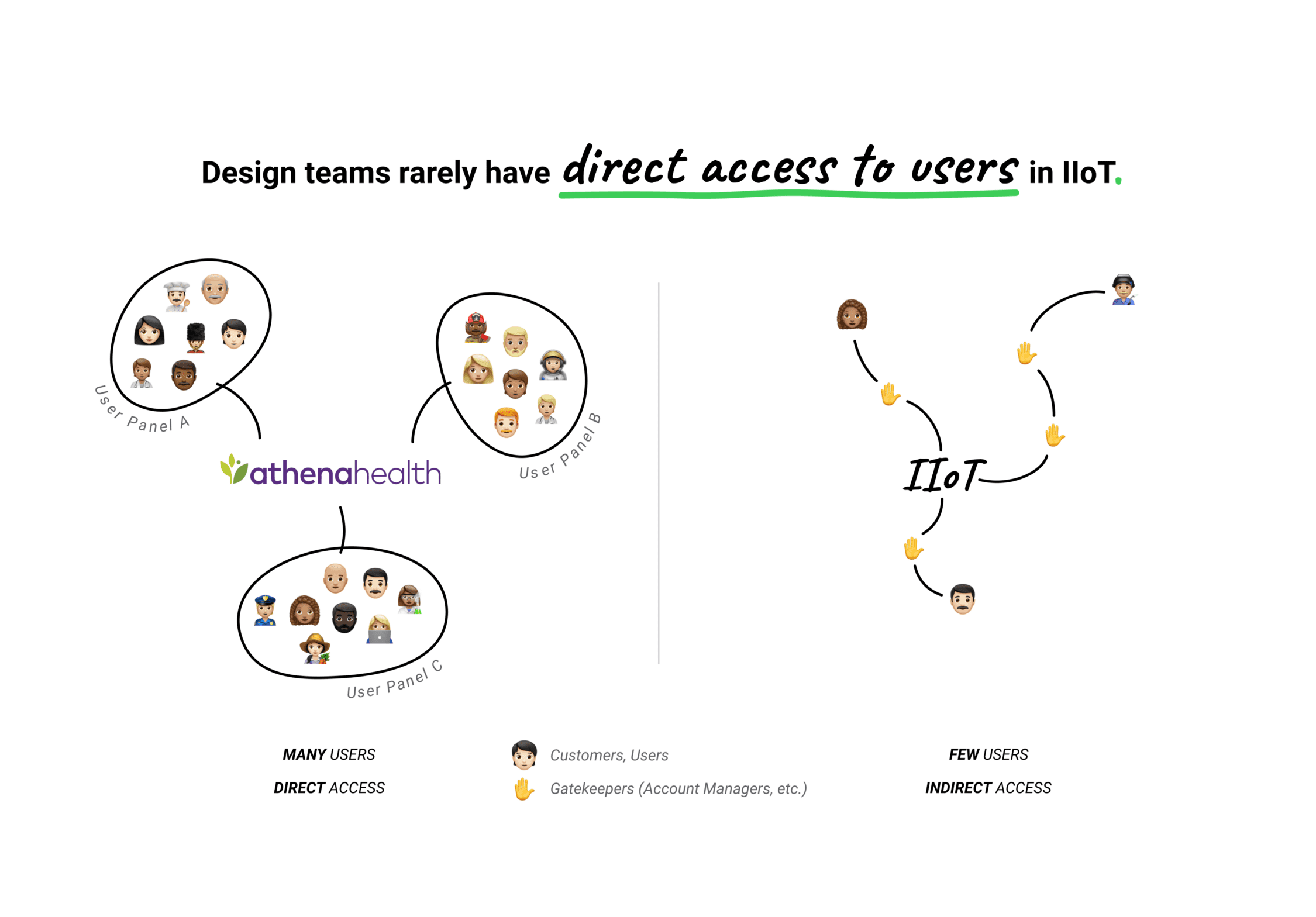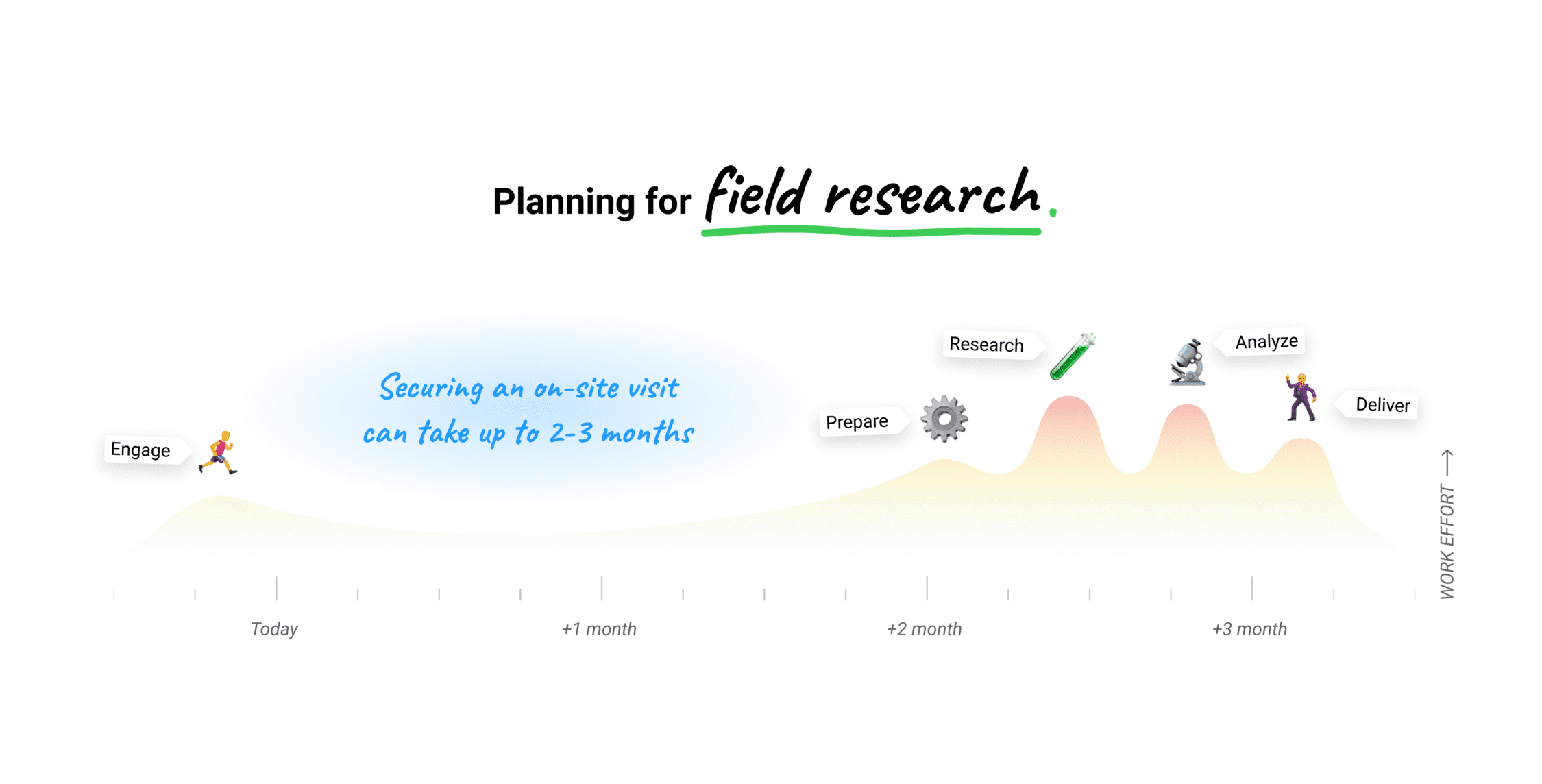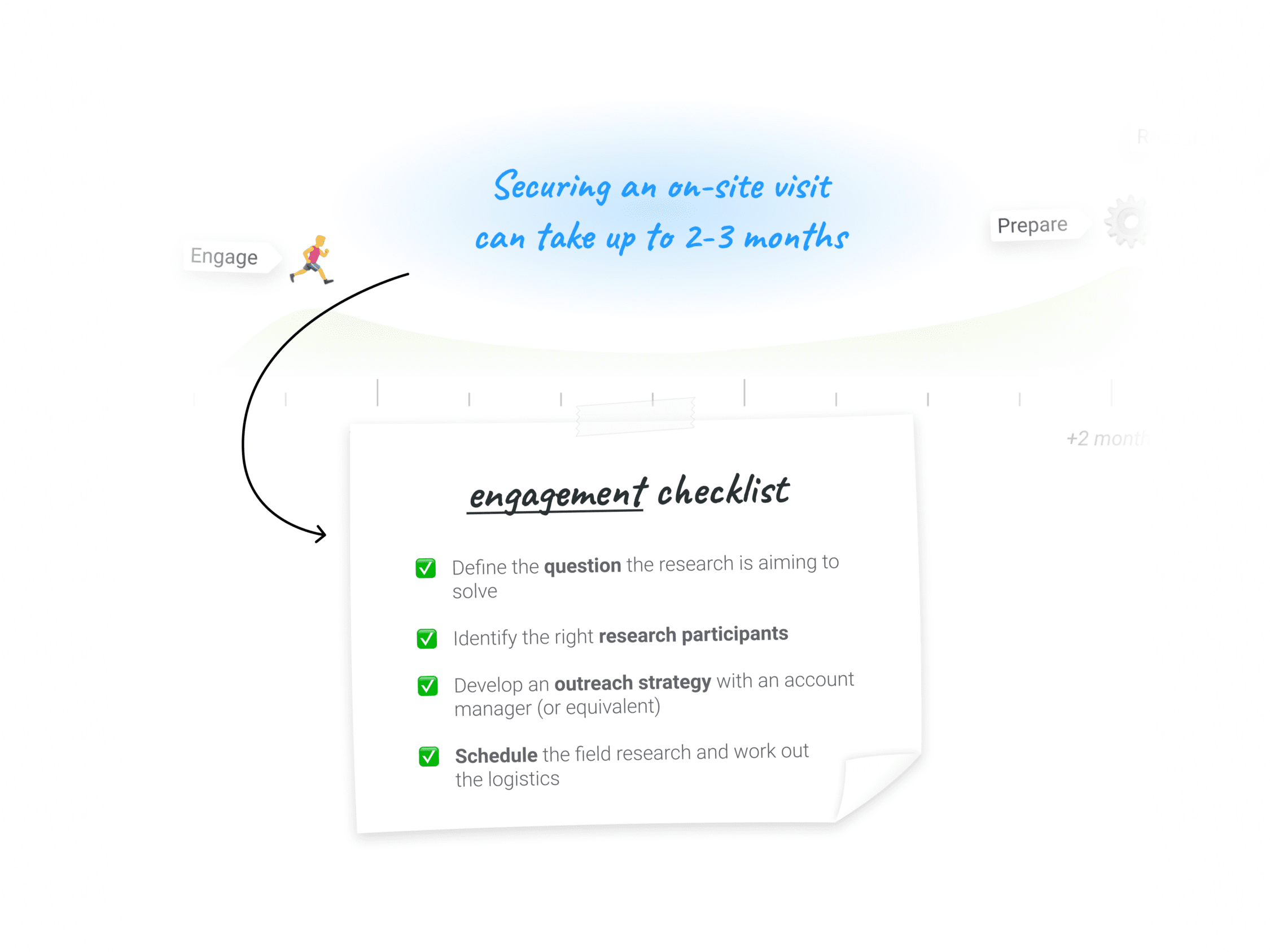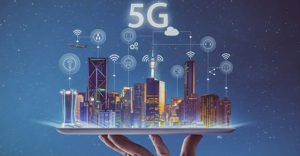“Talking to users” in industrial IoT product development
Not sure which feature to build next? “Talk to users” is a common refrain that may sound simple but is not always an easy or straightforward solution. This can be especially true for companies with a burgeoning user research culture that is still figuring out how to best capture the voice of the user.
Industrial companies often fall into this category. They grapple with the additional hurdle of customer relationships owned by distribution channels that have been nurtured over the course of decades. A far too common result: a culture that isolates researchers, designers and product teams from the customers who will eventually buy and use the products.
Some industrial companies, such as Schneider Electric, are embracing human-centered design. Teams such as our Digital Business Design team, work with business units across the company to better understand their customers’ needs and define how that translates into better products that achieve customers’ goals of digital transformation and sustainability.
Getting closer to customers
This process always started with finding the “right” customer to speak with. For our products, the “right” customer is always different, depending on the business domain and the technology the project centers. The type of customer our team might look for could be an Energy and Sustainability Manager at a Water and Wastewater plant, based in Europe and using our software. That’s a lot of checkboxes to check.
To meet these customer background requirements, we leverage 3rd party panels and recruitment services, such as GLG or Guidepoint, that provide user interviews and on-demand subject matter experts. However, because some products have extremely specific users, this approach may not always land us the customer profiles we need.
In instances like this, where the customers we are seeking are less accessible, our team leverages internal teams at Schneider for targeted user recruitment.
Recruitment of users in industrial IoT
Leading companies such as Athena Health rely on Research Operations teams to manage participant recruitment and set up direct access to users by creating their own panels. For legacy reasons, this is often not the case at most Industrial IoT (IIoT) companies building their user research capabilities. IIoT companies tend to institute a distributed model where gatekeepers such as account managers from the distribution channel are positioned between research teams and users.

At Schneider, the Digital Business Design team works with the sales channels and account managers at the outset of each new project. We review the goals of the business unit we are working with to build a research plan that includes their assistance in accessing users.
Plans differ from project to project, but typically include:
- The research goal, questions and methodology
- The number of research sprints that will take place
- How many users will be necessary for each round to satisfy the learning objective of the project
- Milestones with tentative dates of completion
- The deliverables at each milestone
- A roles and responsibilities agreement between all stakeholders
- Complete expected project timeline
The business unit is responsible for communicating these details with account managers, marketing, and distribution channel leaders who own the relationships with customers. They can also facilitate introductions between the research and development team, account managers and customers.
Securing an onsite visit
The second term of engagement we introduced was an agreement to set up an onsite visit. Field visits can last anywhere from 1–3 days. The Research Lead on the project details the activities and employee profiles needed for a successful visit that would warrant the investment in travel and accommodations.

Planning a field visit can take 6–10 weeks. Access to industrial factories can require strict security protocols. This means understanding participant schedules, language barriers, and getting an internal approval is critical to a successful field study and may take several months. Our planning focuses on ensuring we have access to the necessary systems, data, engineering teams, and senior management during the visit. An account manager with a strong relationship with the customer is key to planning and executing a site visit.
Ahead of research, these are some of the items that should be accounted for.

Our onsite visits can include:
- Meeting with senior leadership at the factories to understand their future vision of the business and roadmap driving them
- Guided tours
- Technology Demos
- “In-context” user interviews
- Observation during normal working operations
- Employee documentation of processes and systems used by the customer
- Workshops with engineering and field teams
- A half-day for a “first review” of our learnings before we leave the site
Industrial IoT field research benefits
The benefits of field research go beyond observing and documenting how users engage with our product or application. The technology in industrial settings is often esoteric. Field visits enable us to interact with the experts who work throughout the facility or manufacturing plant. Serendipitous opportunities for exposure to unplanned conversations with leaders and employees lead to impactful, unexpected learnings. The amount and quality of data collected in the compressed timeframe of a field visit are rich with insight that will help product teams better understand the people they are designing for.
Site visits also forge a lasting, direct relationship with the customer, opening the door for future testing and pilot adoption. We invite customers we’ve spent time with to our campuses where they participate in co-innovation? workshops focused on improving MVPs and are provided early access to our new technologies.
Creating more value for customers
Creating new “terms of engagement” has helped our team set expectations early on with stakeholders. This way we prioritize direct access to users. By leveraging the relationships of the teams we work with, typical barriers to accessing customers are lowered, stakeholders are more engaged in the research while our team focuses on learning as much as we can, as quickly as we can, to create value for our customers and support their pursuit of building the industries of the future – today.
Interested in designing and developing customer-oriented products?
Get to know us better! Learn how digital skills and new technologies create meaningful purpose here.



